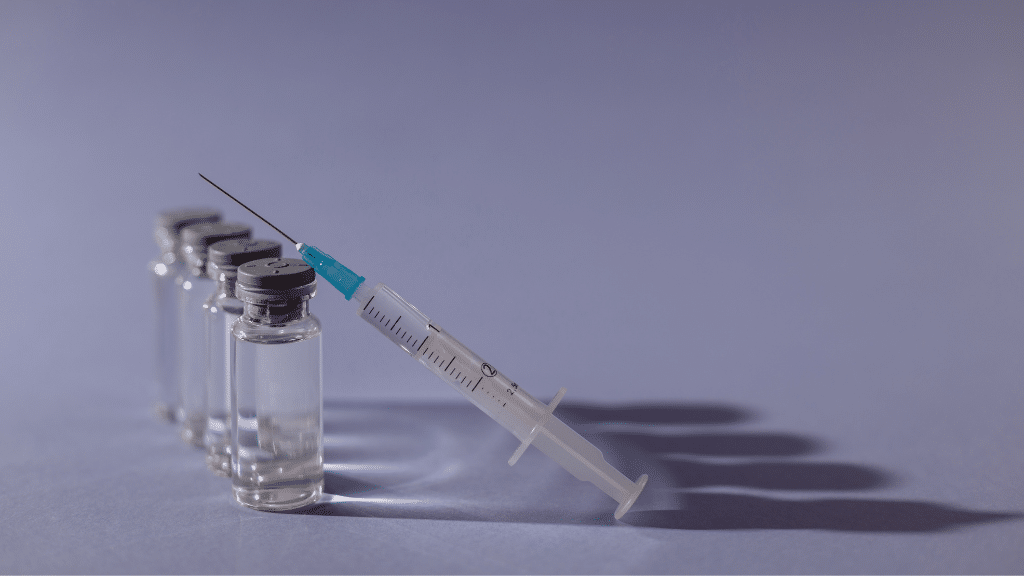Understanding when you can rely on this approximation—and when you can’t—is crucial. Our article breaks down this concept to eliminate the gray area and provide clarity. However, if you prefer personalized guidance on switching to E-beam, reach out to our sterilization experts for assistance.
Shifting Sterilization Trends
In North America today, 40% of devices are sterilized via Gamma sterilization. Given the lack of capacity and strong price increases the industry has seen over the past decade, there is a clear desire in the industry to explore alternative forms of sterilization: accelerator-based modalities, like E-Beam and X-ray, are growing to meet the needs of the marketplace.
Transitioning from Gamma to E-Beam Sterilization
We have written before on the relative ease (from a regulatory and qualification standpoint) with which 510(k)-approved, Class I Sterile and Class II medical devices may be switched from one mode of radiation to another.
Broadly speaking, as long as a dose map process can assure that the dose is delivered within a product inside the allowable DUR, the transition should produce equivalent sterilization performance.
Don’t Take Our Word For It: Academic Research Comparing Beam vs. Gamma
Is dose truly equivalent? Largely speaking, yes. E-Beam tends to be gentler on the common polymers used in medical device manufacturing.
We present some of our favorite papers on the subject:
- Radiation Sterilization: Dose is Dose
- Focuses on the efficacy of sterilization / lethality against microorganisms and concludes that equivalent doses deliver same performance against microorganisms.
- Team Nablo’s work at Pacific Northwest National Laboratory (PNNL)
- This paper, a collaboration between industry and academia, summarizes test results between E-Beam, X-ray, and Gamma irradiation
- Of 280 independent tests of coloration, hardness, and tensile strength, only 13% showed statistically significant variation between E-Beam and Gamma. Out of the 13% that differed, approximately half were related to the degree of discoloration experienced by the product (e.g. a cosmetic, not performance, issue)
- The paper concludes, “…it may be concluded from our observations that both e-beam and X-ray can effectively substitute for gamma as sterilization options”
- Fintzou 2007: Changes in physicochemical and mechanical properties of electron-beam irradiated polypropylene syringes as a function of irradiation dose
- “The degradation on polymer properties caused by electron-beam irradiation was less severe than that caused by gamma irradiation”
- Effects of X-Rays, Electron Beam, and Gamma Irradiation on Chemical and Physical Properties of EVA Multilayer Films
- This study shows similar results from E-Beam, X-ray, and Gamma, although E-Beam yields improved performance (lower amount of methionine sulfoxide generated by e-beam irradiation than by X-ray or gamma).
We’ll Help Create Clarity
For the majority of medical devices, the small differences in E-Beam vs Gamma / X-ray processing are likely irrelevant to the function of the specific device. Still, manufacturers are advised to consult FDA guidance on the risks and consequences of making modality changes.
At NextBeam we can help support rapid feasibility and dose map testing to help our customers generate the data they require to support these changes. Contact our team today for a free consultation.

